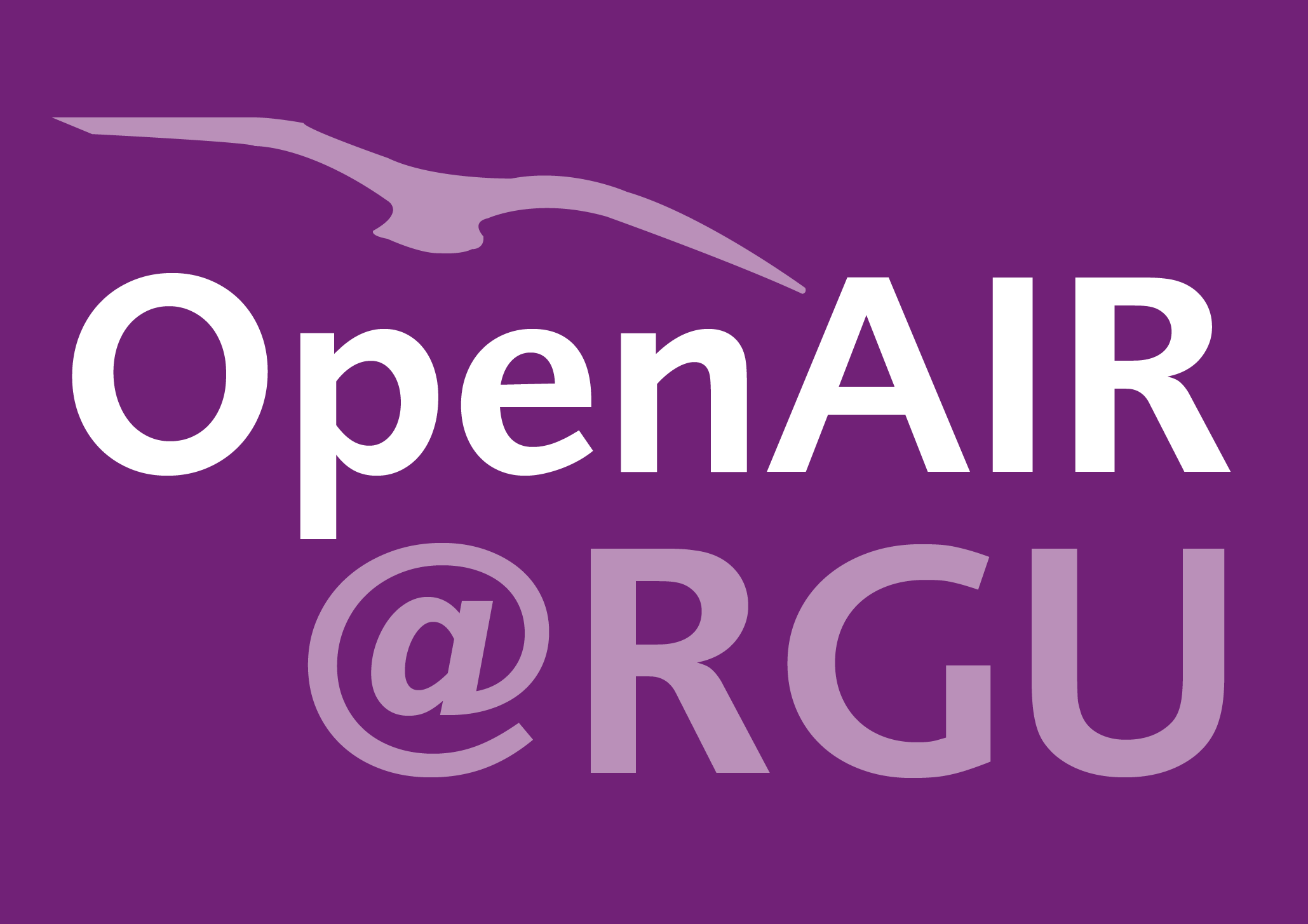Alethea S. Madgett
Data Collector
The concentration and biomagnification of PCBs and PBDEs across four trophic levels in a marine food web. [Dataset]
Contributors
Dr Kyari Yates k.yates@rgu.ac.uk
Data Collector
Lynda Webster
Data Collector
Craig McKenzie
Data Collector
Andrew Brownlow
Data Collector
Colin F. Moffat
Data Collector
Abstract
Contracting Parties to the OSPAR Convention for the Protection of the Maine Environment of the North-East Atlantic are required to undertake monitoring and assessment of both inorganic and organic contaminants. There is a requirement to assess contaminants across different trophic levels on an ecosystem-specific basis. However, this is currently constrained by the availability of relevant samples to cover the full range of trophic levels. This study investigates the variability (inter- and intra-species variation) of the concentrations and distributions of thirty-two polychlorinated biphenyl (PCB) congeners and nine polybrominated diphenyl ether (PBDE) congeners in twenty-six species covering four trophic levels from different geographic locations around Scotland. Trophic magnification factors (TMFs) were calculated using a traditional method and a balanced method for both the ICES-7 PCBs and BDE47, to refine and improve the application of TMFs to assess and predict biomagnification risk to biota in the marine environment. There were clear differences in congener percentage distribution between sample categories and species, with differences influenced by physiological processes and eco-biological parameters. Trophic magnification was found to occur for the ICES-7 PCBs and BDE47 using the traditional method, with the highest degree of trophic magnification reported for CB52. An unbalanced dataset was found to influence the calculated TMF and in some cases, the overall conclusion of the trophic transfer of PCB and PBDE congeners. The balanced method is highly recommended for calculating TMFs to ensure that the TMF is a true indication of the biomagnification potential, particularly when conducting regional comparisons for which sampling requirements are difficult to achieve. The accompanying file contains supplementary material to the main text.
Citation
MADGETT, A.S., YATES, K., WEBSTER, L., MCKENZIE, C., BROWNLOW, A. and MOFFAT, C.F. 2022. The concentration and biomagnification of PCBs and PBDEs across four trophic levels in a marine food web. [Dataset]. Environmental pollution [online], 309, article number 119752. Available from: https://www.sciencedirect.com/science/article/pii/S0269749122009666?via%3Dihub#appsec1
| Acceptance Date | Jul 8, 2022 |
|---|---|
| Online Publication Date | Jul 13, 2022 |
| Publication Date | Sep 15, 2022 |
| Deposit Date | Aug 4, 2022 |
| Publicly Available Date | Aug 4, 2022 |
| Publisher | Elsevier |
| DOI | https://doi.org/10.1016/j.envpol.2022.119752 |
| Keywords | Biomagnification; Assessment; Scotland; Contaminants; Persistent organic pollutants; Trophic magnification factor |
| Public URL | https://rgu-repository.worktribe.com/output/1724987 |
| Related Public URLs | https://rgu-repository.worktribe.com/output/1712886 https://rgu-repository.worktribe.com/output/335021 |
| Type of Data | Supplementary material (Appendix A). |
| Collection Date | Jul 21, 2022 |
| Collection Method | 211 samples, covering seven fish species (haddock, whiting, hake, plaice, dab, herring and sprat), one shark species (small-spotted catshark) and thirteen invertebrate species (horse mussel, brittle star, hermit crab, edible crab, common starfish, swimming crab, shore crab, European lobster, Nephrops, whelk, sea mouse, squat lobster and veined squid) were collected from nine locations, covering four biogeographic regions around Scotland, United Kingdom between 2015 and 2017 during December and February. Sample preparation resulted in five tissue types (whole animal, muscle, liver, soft body and brown meat). In addition to the samples described above, blubber from three marine mammal species was collected by the Scottish Marine Animal Strandings Scheme (SMASS; Institute of Biodiversity Animal Health & Comparative Medicine, University of Glasgow) from eight locations between 2012 and 2016. Sperm whale (number of individuals = 5), harbour seal (number of individuals = 10) and harbour porpoise (number of individuals = 18) were selected due to their differing diets and metabolic capabilities. Blubber and skin samples taken just cranial to the dorsal fin were separated, wrapped in food-grade aluminium foil and stored at −20 °C. Individuals were obtained from different regions and varied in age and decomposition state. |
Files
MADGETT 2022 The concentration and biomagnification of PCBs (DATA)
(2.2 Mb)
PDF
Licence
https://creativecommons.org/licenses/by-nc/4.0/
Copyright Statement
© 2022 The Authors. Published by Elsevier Ltd. This is an open access article under the CC BY-NC license (http://creativecommons.org/licenses/by-nc/4.0/).
You might also like
Downloadable Citations
About OpenAIR@RGU
Administrator e-mail: publications@rgu.ac.uk
This application uses the following open-source libraries:
SheetJS Community Edition
Apache License Version 2.0 (http://www.apache.org/licenses/)
PDF.js
Apache License Version 2.0 (http://www.apache.org/licenses/)
Font Awesome
SIL OFL 1.1 (http://scripts.sil.org/OFL)
MIT License (http://opensource.org/licenses/mit-license.html)
CC BY 3.0 ( http://creativecommons.org/licenses/by/3.0/)
Powered by Worktribe © 2025
Advanced Search
